Last year’s stacked lineup of games for the Game Awards had us thinking: What was the best year in gaming? As part of our series on determining gaming’s best year, we’re putting together an article on each year, charting the major releases and developments of the year, and talking about both their impact and what made them great.

The Year: 2009
It took two years, but in September 2008 Google released its version of the Android operating system for Motorola phones, giving the world a noteworthy competitor to Apple’s iPhone. Although not nearly as sexy as iOS and largely met with a lukewarm reception on release, the Android not being exclusive to AT&T helped it catch up to Apple’s market share fairly quickly. The Android Play store would provide a second marketplace for apps and games and as Android eventually became the dominant mobile OS, would play a major role in mobile games publishing. And so despite a major recession in the United States, the smartphone market expanded in 2009. By the end of the year around 17% of Americans (one in six) would have a smartphone, and that number would double by 2011.
HDTV adoption had been slow in the 2000s but was gradually gaining steam, and by the end of 2009 more than 40% of US households would own an HDTV. Cable companies had started doing HD broadcasts back in 2003 but it was sports which really sold the need for them – the difference between SD and HD broadcasts was pretty stark. By 2009 about half of cable networks had an HD broadcast, either in 1080i or 720p.
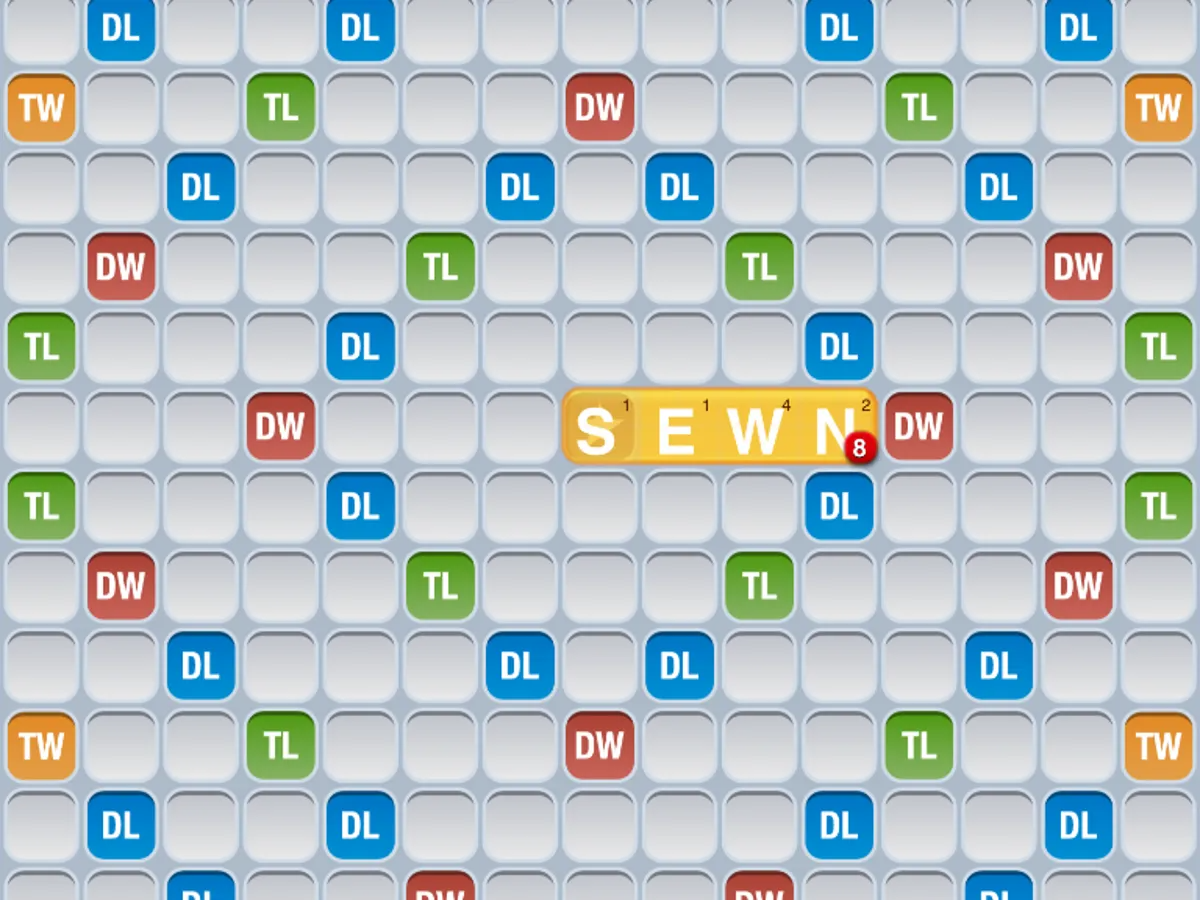
Words with Friends
As a game, Words With Friends is nothing special – it’s basically Scrabble, played on iPhones. What made Zynga’s 2009 game noteworthy is the way it encouraged you to rope your friends into the fun, challenging them to play and roping in everyone in your address book. This coupled with the then-new technology of receiving push notifications to alert you when it was your turn to play the asynchronous game, combined to make for an addictive game with network effects. Then in late 2009 John Mayer tweeted that Words with Friends was the new Twitter and the game exploded, hitting more than 1.6 million active daily users in 2010.
Words With Friends succeeded because it put multiplayer connectivity front-and-center, making it easy to invite your friends to play and as quick as possible to hop into a multiplayer game and play asynchronously with a group. Other games would soon follow suit and over the next few years games asking you to invite your friends – particularly on social platforms like Facebook – would become the norm.

Canabalt Introduces the Endless Runner
Released on browsers and iOS in 2009, Canabalt was the first popular endless runner, a 2D side-scrolling video game originally made in Adobe Flash. The premise is simple, and the game uses retro pixel graphics (in fact it got a Commodore 64 port a few years after release). The protagonist can’t stop running and as the player you use a single button or screen tap to jump. The goal is to keep running as long as possible, avoiding obstacles and jumping over gaps between buildings. It’s simple and addictive and the premise would lead to endless imitators.
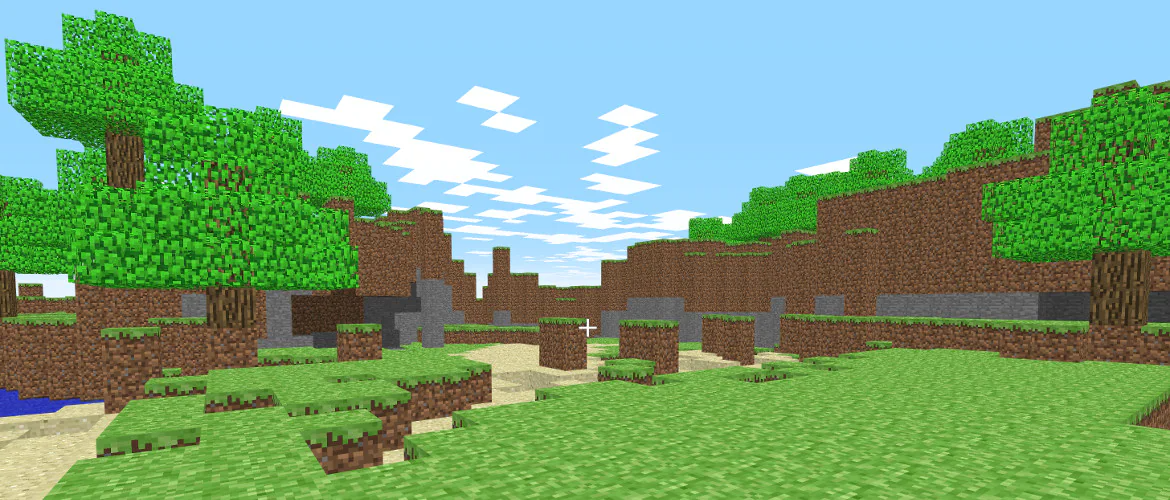
Minecraft Classic Gives a Glimpse of What’s to Come
In May 2009 Markus Persson released the original edition of Minecraft as a development release on the TIGSource forums, an edition which would later be referred to as Minecraft Classic. The game would see a number of additional changes and further development over the two years following, leading to the full release of Minecraft in 2011.

Angry Birds
Rovio’s 2009 physics puzzle game about lobbing birds at castles built by pigs. It’s a game that’s fun and addictive, easy to pick up and put down, and it’s fun to try levels over and over to perfect your approach. Angry Birds is one of the most popular games of all time – the game sold over 12 million copies by the end of 2010 and rescued the nearly bankrupt studio from going out of business. It’s a game that you don’t really think about when you think about the best games ever made because it’s relatively small and inconsequential compared to say, Arkham Asylum, but it’s much, much more popular, having racked up literal billions of downloads and bringing the kind of all-ages appeal few other games have had.
Angry Birds became massive franchise with dozens of titles and even movies and TV shows but ultimately it was also an early and major player in the rise of mobile gaming as a legitimate platform – a movement which would hit Nintendo the hardest and have a massive impact on what it means to be a gamer.
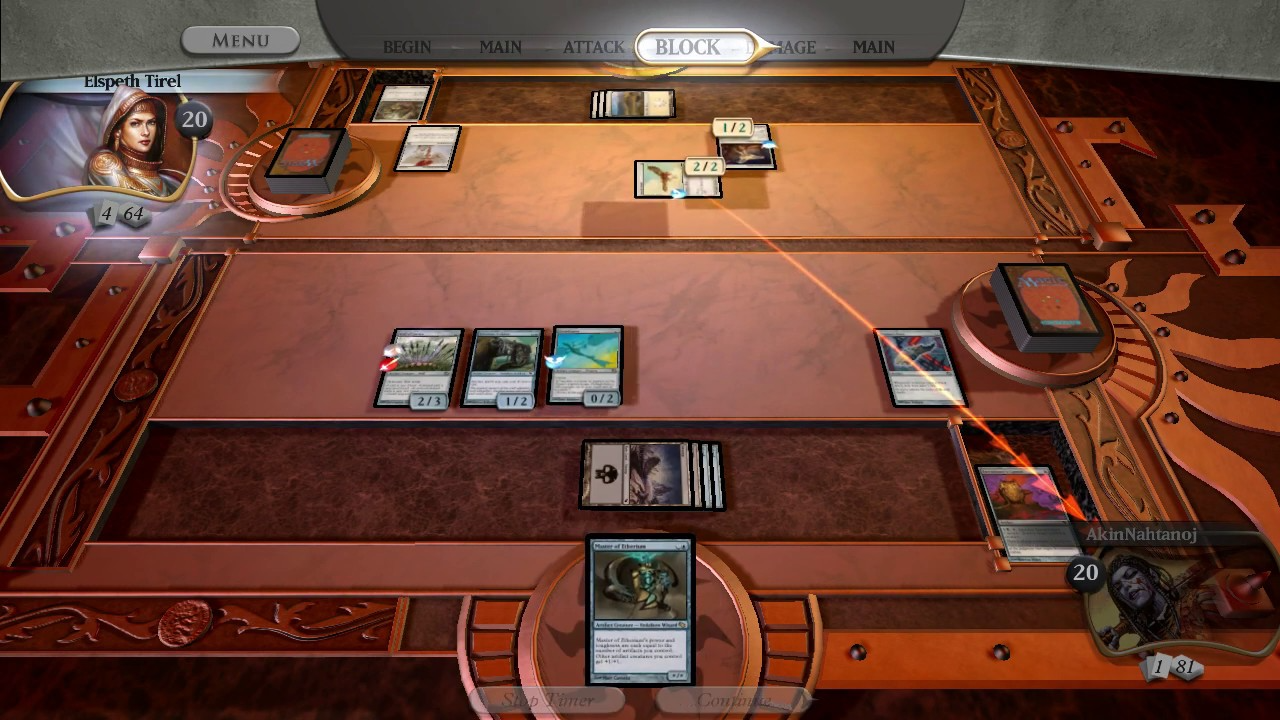
Duels of the Planeswalkers Brings Magic to Consoles
Magic: the Gathering Online had introduced the concept of online Magic years earlier, but that particular version of the game lacked AI – it was player vs. player only – and wasn’t particularly friendly to new players. In 2009 Stainless Games released Duels of the Planeswalkers for the Xbox 360, giving us something much closer to an “arcade” version of Magic, with flashy effects and an emphasis on playing cards over mana management. The game did quite well on its initial release and paved the way for both a sequel and, eventually, the new-and-improved digital version of Magic, Arena.
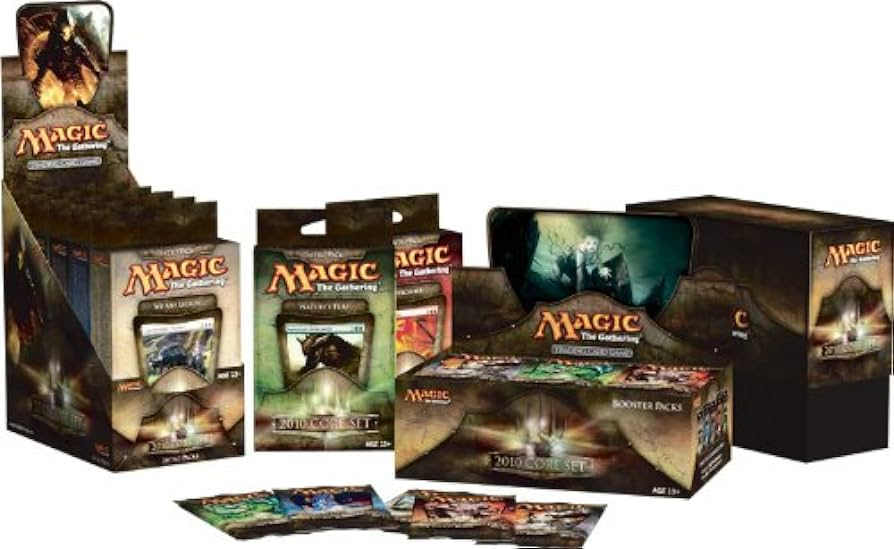
Magic 2010 Changes the Game (and Core Sets)
On the paper side of things, Magic was making some big changes as well with the introduction of Magic 2010, the game’s core set. Wizards moved to an annual model for the core sets with 2010 and changed their format, starting to create new cards for the sets rather than making them exclusively reprints. 2010 would include a cycle of new titan creatures which were quite popular, as well as the Baneslayer Angel and a number of solid reprints, including Lightning Bolt. The game also redefined a number of key terms for the game, changing “in play” to “on the battlefield.”

Zendikar
Magic had a pretty great 2009 between the popularity of the Alara block – which introduced Planeswalker cards, Duels of the Planeswalkers, Magic 2010, and, toward the end of the year, Zendikar. A land-heavy set themed around exploration and traps, Zendikar would prove to be one of Magic’s most popular sets and settings, introducing the popular Landfall mechanic as well as expeditions, extra old and rare cards randomly inserted into packs.

Pathfinder
Back in 2002 when Paizo took over publishing duties from Wizards of the Coast for Dungeon and Dragon magazines, they signed a contract that lasted until 2007, at which point Wizards chose not to renew. Suddenly staffed with a number of game designers and writers with nothing to publish and a new, controversial edition of Dungeons & Dragons about to publish in 2008, the group at Paizo set about making their own game.
Produced under the Open Game License introduced with Dungeons & Dragons 3.5, Pathfinder is a tabletop RPG that feels a lot like an updated version of 3.5 – or a 3.75, if you prefer. The game was compatible with most 3.5 content but pushes some things in new directions, giving players more incentive to stick with one class longer and revising the skills and spells lists. Pathfinder was an immediate hit, arriving at the right time to capitalize on inertia and disappointment around D&D’s fourth edition from players who didn’t want to make the jump to a new ruleset or were generally upset that things had changed. Pathfinder would go on to outsell D&D at various points over the next five years and give the venerable genre king some real competition.

Fiasco
Bully Pulpit’s Fiasco is equal parts role-playing game and improv session, in which players model a heist gone wrong using a series of prompts like objects, needs, and relationships. It’s a fun game and a great gateway drug into tabletop RPGs.
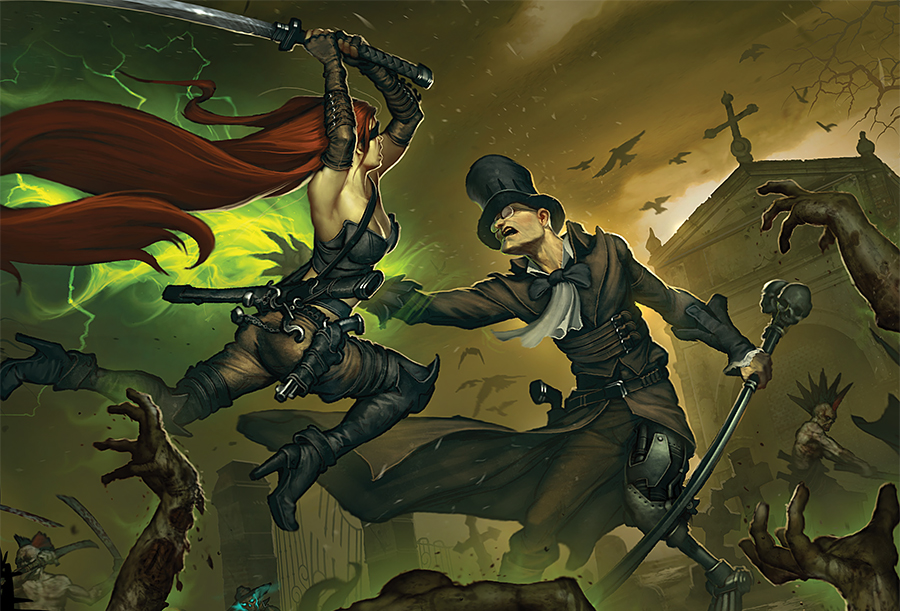
Malifaux
Togepi: 2009 also saw the launch of Wyrd Games’ Malifaux, a genre-bending horror-comedy-Weird West skirmish game set in a parallel dimension where magic is stored in stones and everyone wears a funny hat. Malifaux’s selling point, alongside its incredibly strong aesthetic, was its unique resolution mechanic: rather than roll dice, players flip cards from a standard 52-card deck (plus two jokers!) to determine whether an action succeeds or fails. The card mechanic, along with the crunchy rules and off-beat lore, carved out a unique niche for a small-scale skirmish game, which is still going strong in its third edition some fifteen years later.
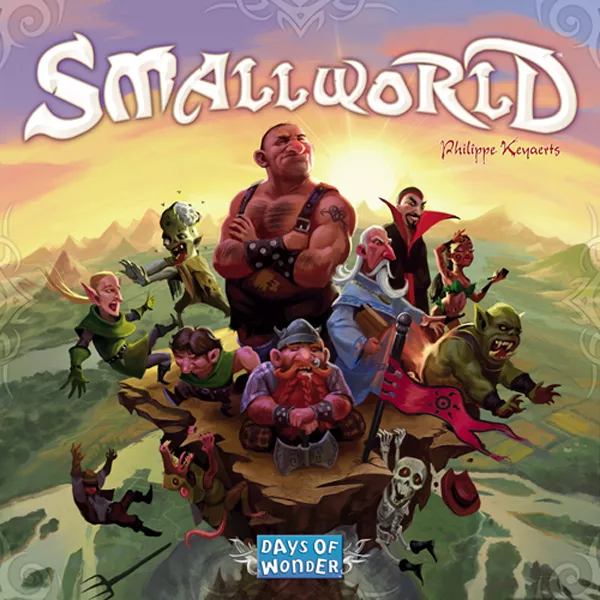
Small World
Days of Wonder’s Small World released in 2009. It’s a fantasy game in which players control a series of fantasy races and race to gain territory, attempting to capture spaces with tokens. It’s a fun game with lots of interesting, tactical play and it’s one of the best games at mixing complex war mechanics with quick, easy-to-learn game play.
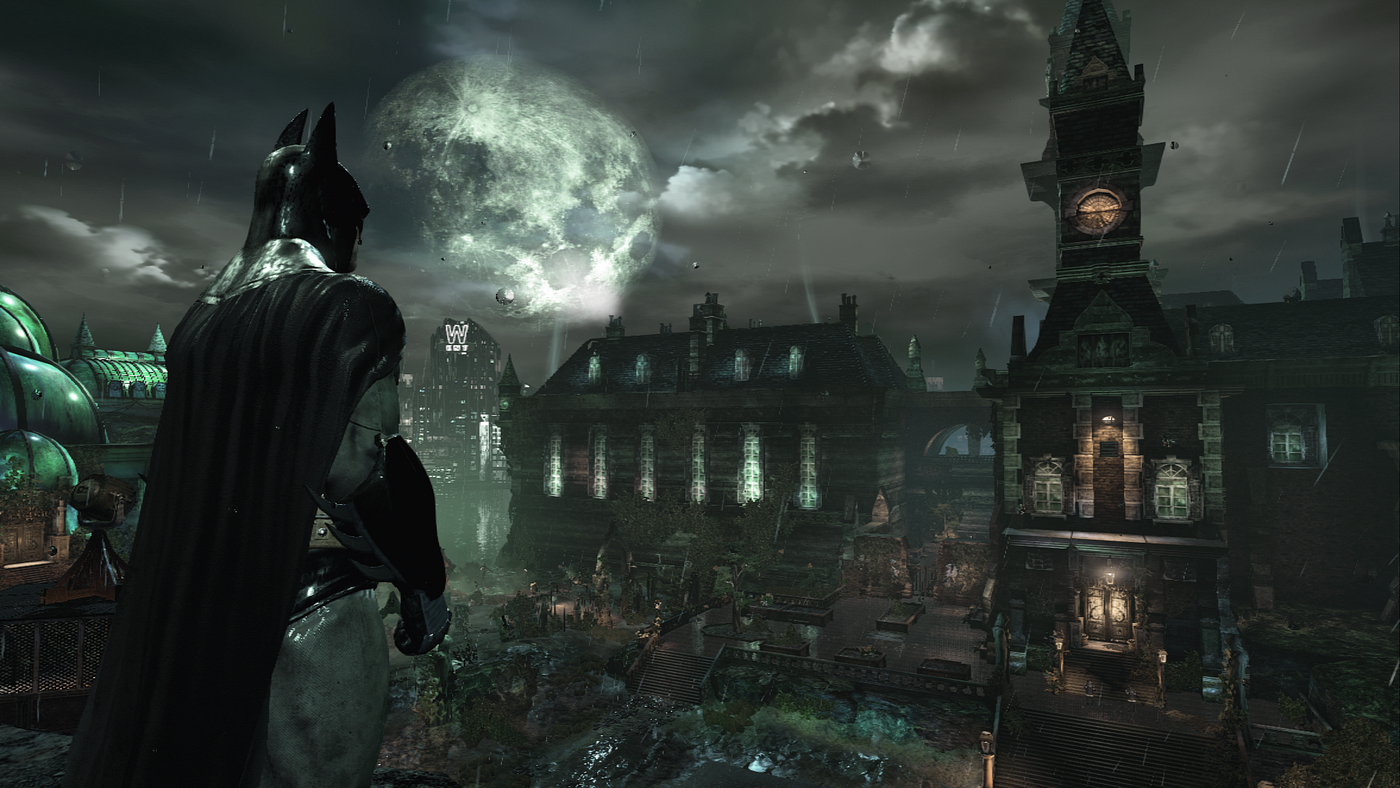
Batman: Arkham Asylum
Rocksteady Studios were relative unknowns when Batman: Arkham Asylum released and became a critical darling overnight. Arkham Asylum immediately became the definitive version of video game Batman, giving us an action adventure game that felt very much like a 3D Metroidvania in terms of the way we’d progress through the labyrinthine depths of the prison while also giving players an innovative combat system that actually made them feel like Batman, even when fights were challenging. Arkham Asylum was a triumph, and amazingly would be topped by its sequel two years later.
Jonathan Bernhardt: Over a decade later and following two sequels, a prequel, and two (far lesser) successor titles in Gotham Knights and Suicide Squad: Kill the Justice League, it’s easy to forget how much focus the original Arkham Asylum put on the “adventure” in “action-adventure.” The detective segments were hardly mindbenders (and thankfully, nor were they pixel-hunting adventures) but they were a great change-up from the combat sections, providing down-time and worldbuilding opportunities. In the games that followed, they’d mostly be outsourced and repackaged into pro-forma setpieces to set up story combats or, increasingly, open world sidequests.
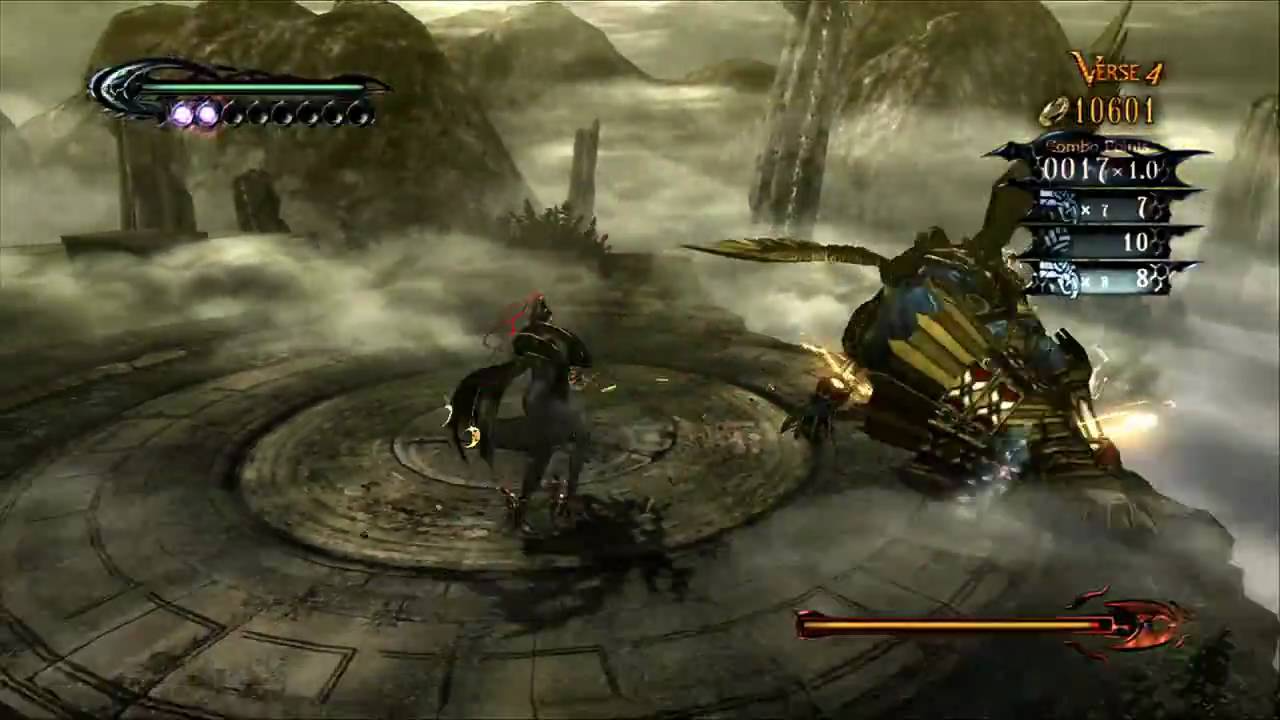
Bayonetta
Sega’s take on the Devil May Cry-style action game, Bayonetta combined the same level of style and flair with a somehow even more insane premise and world in the form of the titular character and her uh, hair-based costume who wields four guns – two in her hands and two strapped to her feet like high heels. The game is all flash and style, but with a surprising amount of substance.
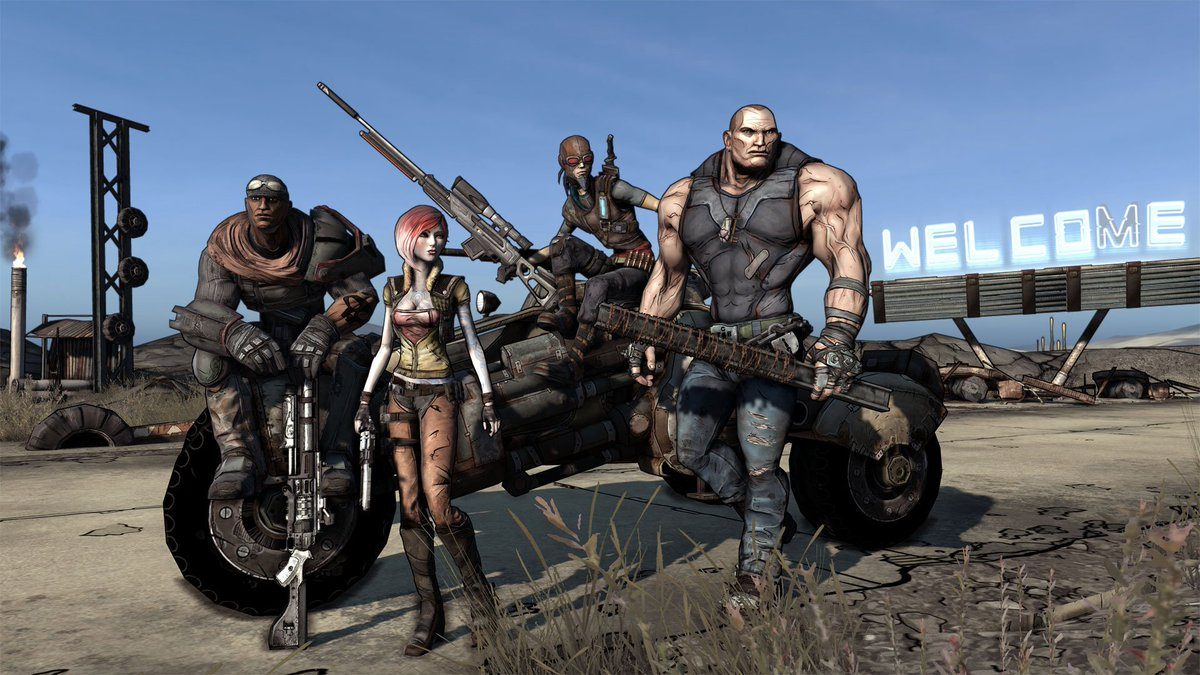
Borderlands
Gearbox’s 2009 outing for the Xbox 360 and PC, Borderlands mashed up the first-person shooter with Diablo-style class, loot, and progression mechanics. The result was a fun, edgy sci-fi shooter set on an alien world.
Jonathan Bernhardt: This is a fun little outing, but this franchise doesn’t really kick into high gear until Borderlands 2.
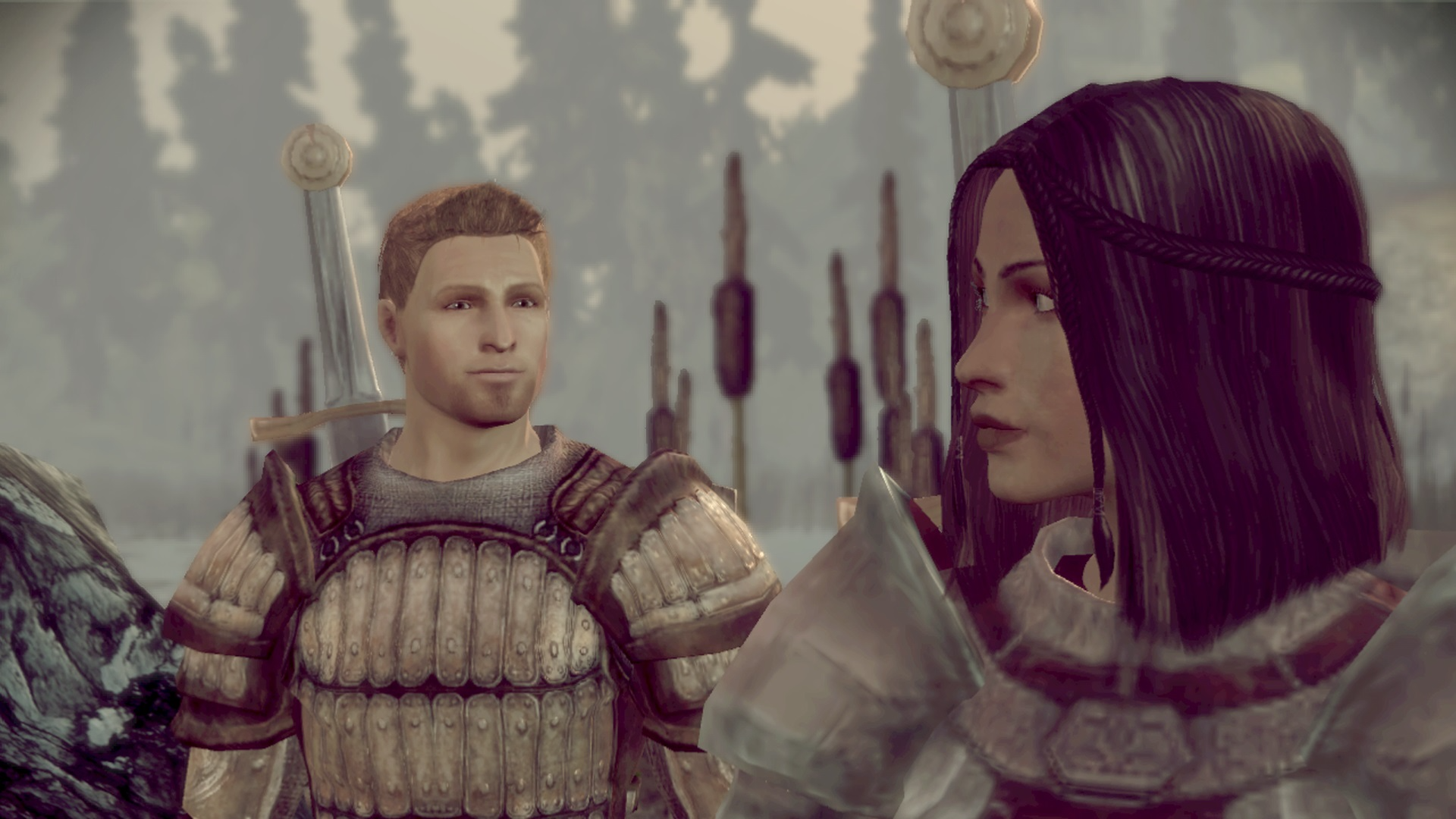
Dragon Age Origins
The high-fantasy, medieval version of Mass Effect, BioWare’s Dragon Age: Origins released in 2009, introducing us to the rather bleak world of the Grey Wardens and their ongoing battle against the Darkspawn. Filled even more many twists and turns and moral choices as Mass Effect, DA:O was popular on release, and would spawn an interesting, if troubled, franchise.
Jonathan Bernhardt: Arguably the last ride of the traditional CRPG; Mass Effect 2 was about to change this game forever, and the original Mass Effect had already moved substantially away from the slower, mouse-and-keyboard optimized design style of the genre. While ME2 transitioned to console and controller-friendly game design very, very well, Dragon Age 2 would be a notorious disaster.

Just Dance
Ubisoft released Just Dance for the Wii in November, 2009 and would end up kicking off a new craze of dance games. While Dance Dance Revolution had come and gone and the interest in dance pads long since faded, Just Dance’s simpler mechanics using the Wiimote proved to be much more popular. As a result the game would open to fairly poor reviews but go on to be a massive sales hit, and those numbers would then be topped by its sequel, becoming Ubisoft’s second biggest franchise. So put a pin in Just Dance, because we’ll come back to this one in 2010.
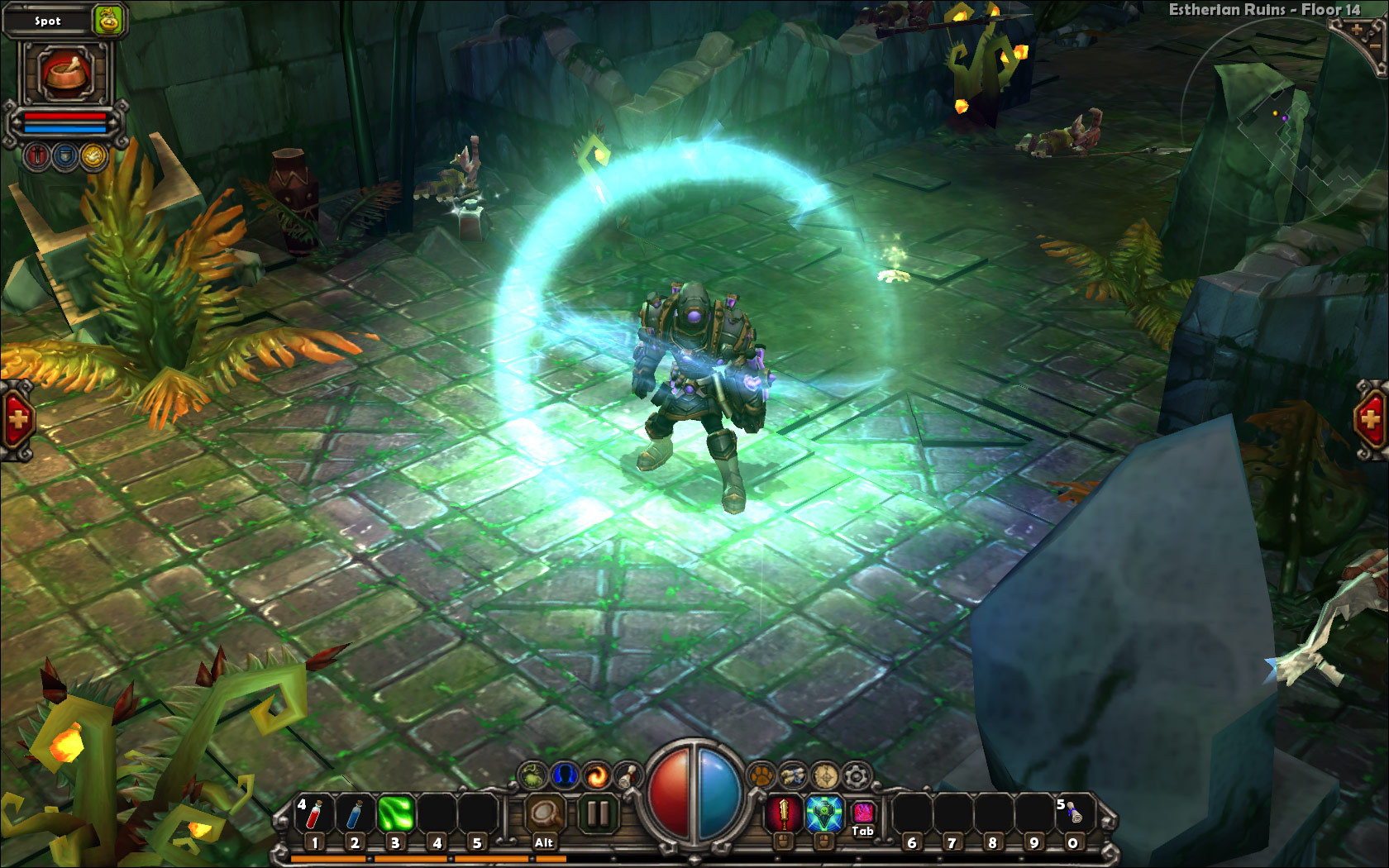
Torchlight
In the staggering twelve years between Diablo II and its follow up a number of action RPG “Diablo clones” would show up, and among them Torchlight was one of the most successful – probably because it was created by people who worked on Diablo II. The game released on Windows in 2009 and was a solid hit, spawning two more sequels.
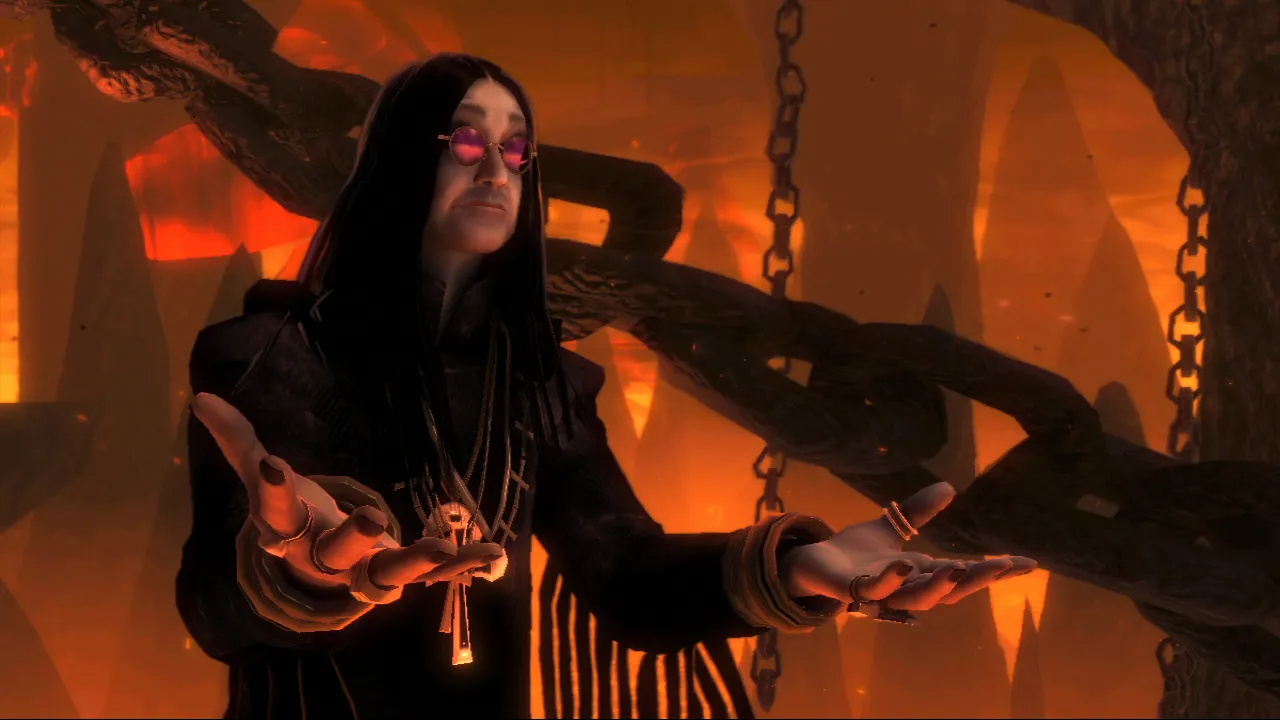
Brütal Legend
Double Fine’s 2009 action-adventure game slash RTS at parts is a meticulously crafted love letter to the heavy metal of the preceding three decades. With an all-star voice cast led by Jack Black, the game oozes style and tries some things no other game has done since.
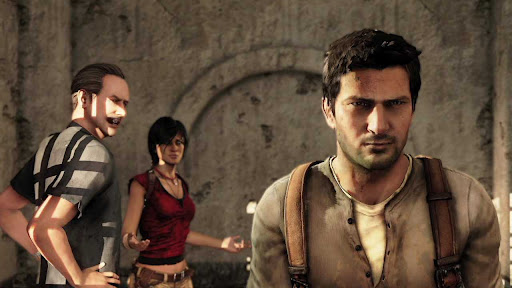
Uncharted 2: Among Thieves
The original Uncharted was a solid, if not amazing game with some interesting cinematics and great production value. Uncharted 2 on the other hand is one of the best games ever made, incorporating some of the most amazing set pieces right from the get go into a story that’s wonderfully told with great acting and voice work. Uncharted 2 was immediately one of the most compelling reasons to own a PlayStation 3 after it released and it’s still a fantastic game.
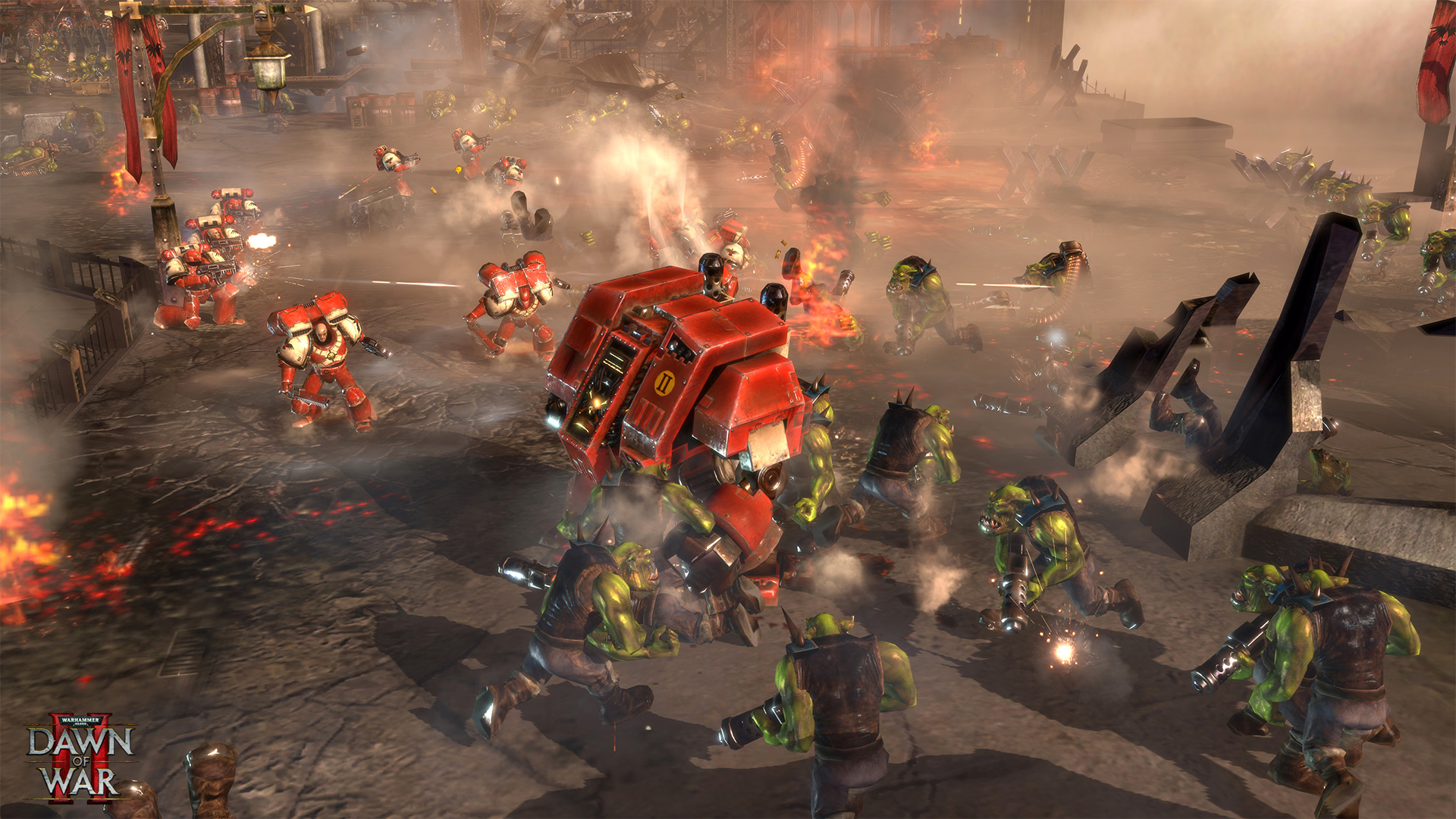
Warhammer 40,000: Dawn of War II
The sequel to the 2004 classic, 2009’s Dawn of War II shifts the game’s focus from a full-scale RTS with base building to a much more squad-based game similar to Company of Heroes. It’s a bit of a shock if you wanted more of the first game, but the game taken on its own merits is a blast and it’s always wonderful to see the 40k universe realized so wonderfully in video game format.
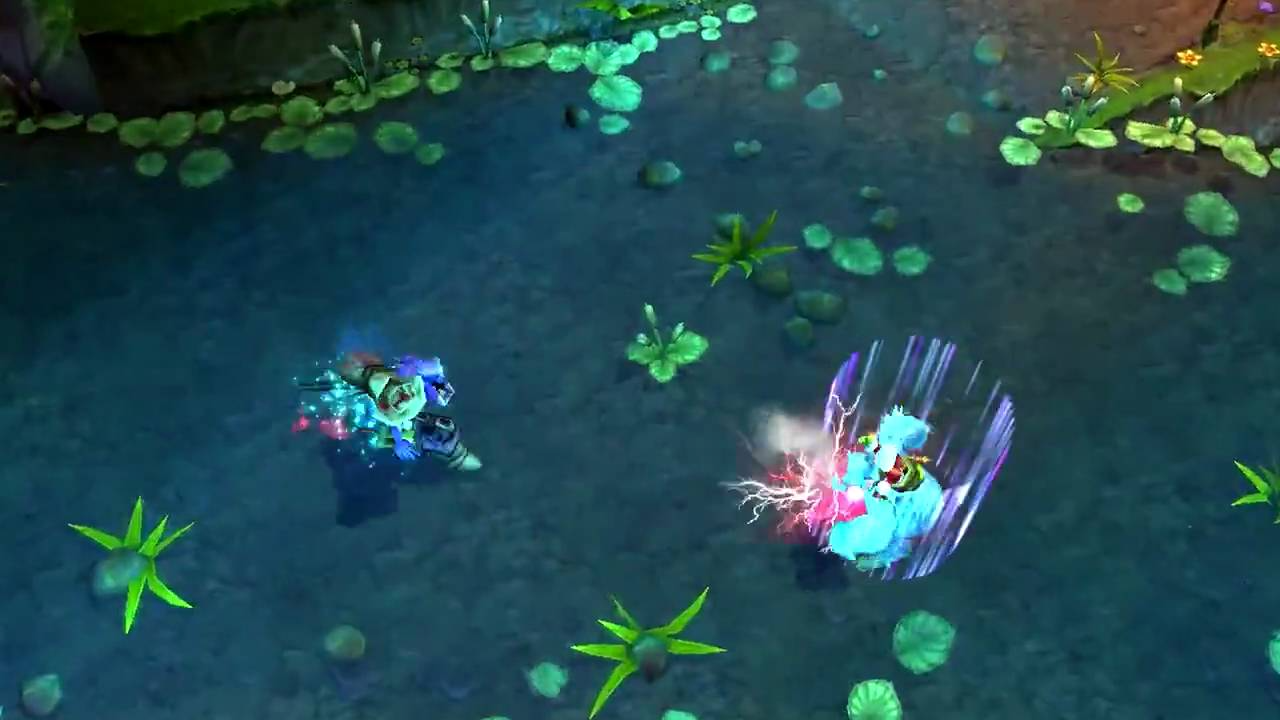
League of Legends
The most popular of the MOBA games inspired by WarCraft III’s Defense of the Ancients map, League of Legends was released by Riot Games in October 2009 with a free-to-play model, where base game was free to buy and play but players could spend money for gameplay elements, including cosmetic upgrades and loot boxes, using real-world currency. Although the actual percentage of players making purchases was small – less than 5% by 2014 – the game had accrued a massive player base which allowed it to stay profitable. And the player base was massive – in 2022 the game hit nearly 32 million daily participants.
League of Legends is most notable for its contribution to esports – it’s currently one of the largest in the world – and there are twelve leagues operating internationally. Games are streamed live around the clock, and championship events have registered more than 44 million concurrent viewers, with events streamed on Twitch, YouTube, and even ESPN.
Why It Was the Best Year in Gaming
2009 had its share of heavy hitters, though not in the traditional places you’d think to look – League of Legends, Pathfinder, Angry Birds, and Just Dance are games which hit massive audiences and generated massive sales and decade-altering trends but don’t immediately make you sit up the same way that something like 2004’s Halo 2 or 1998’s Half-Life does. 2009 is easily one of the most important years in gaming, and there were a ton of games which just didn’t make this list but were also very solid additions which help make the case for the year. Games like Demon’s Souls, Left 4 Dead 2, Infamous, Halo ODST, and The Sims 3 aren’t quite as eye-catching as some of the others on the list but still make the compelling case for the year as one in which the seventh generation of game consoles was fully cooking.
2009 is a real dark horse in our competition but deserves real consideration, even against some of the best years in gaming. If it’s not the best year, it’s easily in the top 5.
This article is part of a larger series on the best year in gaming. For more years, click this link. Have any questions or feedback? Drop us a note in the comments below or email us at contact@goonhammer.com.
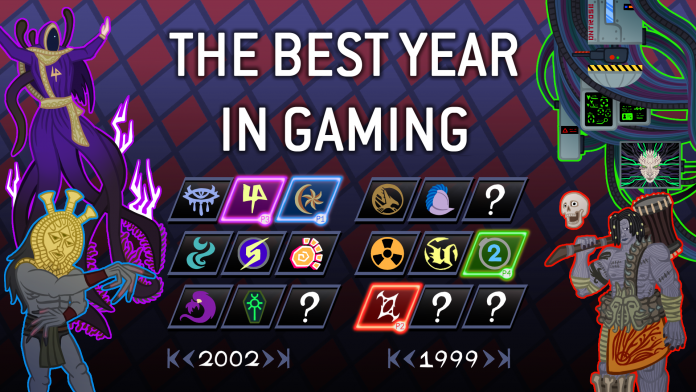


You must be logged in to post a comment.